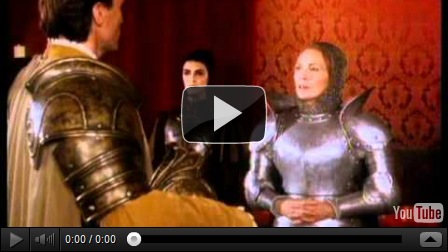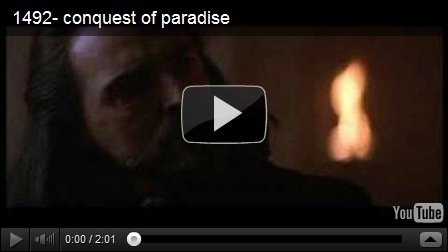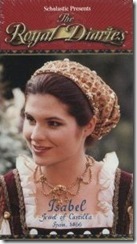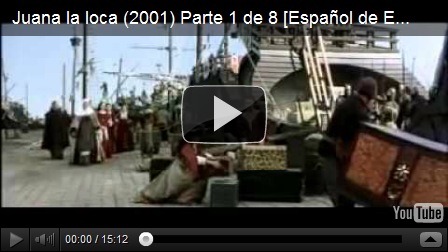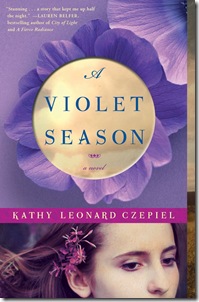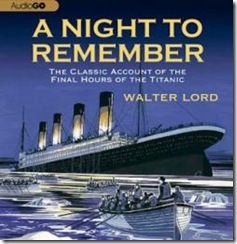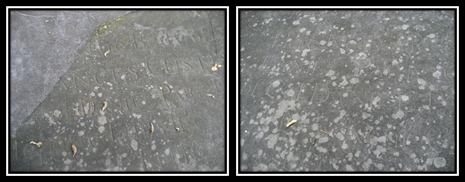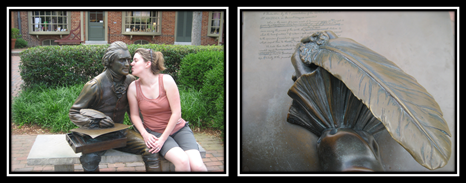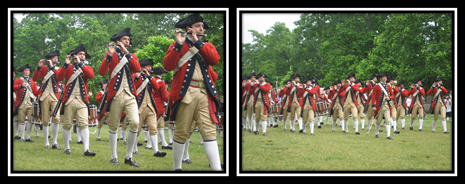Rise of the New West: 1819-1829 by Frederick Jackson Turner
Kindle, 177 of pages
March 24, 2011
Genre: Non-Fiction
Source: Personal collection, read for my Master’s program
For my historiography class last semester we had to write a formal academic review - no problem for me! I wanted to share this review with you all since the book was actually rather enjoyable, however this isn’t my typical style review. I learned a lot about westward expansion.
Frederick Jackson Turner’s, Rise of the New West: 1819-1829, is one volume of a larger 28 volume series, The American Nation: A History, which traces the developments of the United States from its inception right up through 1917. Turner’s volume targets the development and movement of the western frontier during the critical period of 1819 through 1829. This time period allows Turner to write on the topic which was his contribution to the New History movement: the frontier thesis and sectionalism.
The topics written about by New Historians tended to focus primarily on history of the recent past. Turner’s historical focus occurred roughly 80 years prior to the original publication of Rise of the New West. New History also featured a strong reliance on the intersection of history with the fields of social science and economics. The goal was to move away from the histories that primarily focused on the political history and main contributors. While Turner does focus, to some extent, on the political implications of the rise of the western frontier he draws significantly on economic factors such as prices of goods and gross domestic product and the social implications of sectionalism.
While Turner’s work does fit into the New History wave of historical writing, it did not have as significant of an impact on the field as the work of other historians. When he originally presented his frontier thesis in 1893 those that heard it were not impressed.[1] His work was also received less favorably than that of other, more prominent, New Historians of Europe, “Karl Lamprecht of Germany and Henri Berr in France have been much more appreciated than that by Frederick Jackson Turner in the United States.”[2] His work was appreciated by the Progressive Historians, an evolution of the New Historians, for his contribution to the economic aspect of history in his work.[3] His thesis, however, did inspire a few historians, such as Carl Becker, who would go on to become respected in the field, as he allowed the frontier thesis to influence some of his writing in his book The Beginnings of the American People.[4]
In 1893, Turner first promoted his frontier thesis in The Frontier in American History. In Rise of the New West: 1819-1829, Turner again returns to the frontier thesis as his main point. Prior to this time period, the focus of national attention had been the break with the British crown and the subsequent formation of the United States as its own country. The period of which Turner writes in this volume was a period of transition and growth, “from the close of the War of 1812 to the election of Andrew Jackson was particularly one of readjustment”[5] and “the rise of the new west was the most significant fact in American history in the years immediately following the war of 1812”.[6] The frontier and the challenges that taming it entailed were key factors in creating a uniquely American culture and fostered a strong sense of pride and hard work creating a distinctly different environment than that of the British.[7] Turner’s emphasis on the frontier experience illustrates how the ability of westward expansion in a previously “uncivilized” wilderness provided the backbone for the future of American history and development.
Turner subsequently spends a significant amount of time illustrating the development of distinctly sectional issues that came about due to the creation of the American west, “the clash of regional and sociological cultures and interest groups, which Turner alleged had complemented the frontier in providing an explanation for the track of American experience”.[8] Turner describes the differences in the economic structures of New England, the South, the Middle Region, and the West and shows how these differences led to issues rivalries and an even more entrenched feeling of sectionalism which would ultimately lead to the Civil War. During this period of history, the country transforms from one of nationalistic sentiment to a sectionalistic sentiment, from a period of unity to one of deep rivalry.[9]
While Turner endeavors to present the sectional differences of the United States, one cannot help but notice that the South is given the short end of the proverbial stick. The primary weakness of this volume is that the sectional descriptions are written from a decidedly northern perspective. It is as though Turner’s own underlying bias, as he was born Wisconsin, shows through his writing in places. The bibliographic information is both strength and weakness for the modern day reader of The Rise of the West. The format of this bibliography is not that which a modern reader is used to. Within each sectional breakdown there is a discussion of works, however the works are listed within the narrative paragraph and not in an alphabetical order requiring more time to be spent while wading through the sources.
While there are weaknesses to Turner’s work, there are more strengths in which to focus on. In this volume there are 4 pull out, full color, maps included which illustrating various major points including: the US in 1821, western Indian trading posts and routes of travel 1820-1835, highways and waterways in the United States 1826-1830, and cessions of Indian lands 1816-1820. There are also various other maps and charts throughout the text of the book. Turner’s style of writing is another strength; it is written with the everyman in mind and it is very easy to read while still providing deep discussion and evaluation of the United States during this period. The book is broken down into various chapters that are based on a specific topic. These are typically large events that illustrate his dual theses of sectionalism and the frontier. They are easy to navigate and are relatively self-contained. As stated previously, the bibliography is a strength as well as a weakness. Unlike most modern bibliographies, Turner’s is broken down by topics allowing the reader to easily find those supporting works of their area of interest without having to look though each to find out what it is about.
While Frederick Jackson Turner’s Rise of the West 1819-1829, and his other works as well, may not have had quite the influence he was looking for at the time of their publication, his frontier thesis is still very much discussed today.[10] His works The Frontier in American History and Significance of Sections in American History are required reading in many history classes. He helped bring the American west to the status of myth and is even featured in popular culture such as a segment of Schoolhouse Rock called, “Elbow Room”, “few other major historical works or historians reach so deep into popular culture. It is hard to imagine, say, a cartoon version of Charles Beard’s An Economic Interpretation of the Constitution of the United States.”[11] The theory of the frontier as an impetus for not only physical expansion but the growth of the American nation is still a valid theory in the historiographical debate today.
Frederick Jackson Turner also wrote The Frontier in American History.
You can get a Kindle copy of the book for free on Amazon or Google Play right now.
[1] Michael Bentley, Modern Historiography: An Introduction (London and New York: Routlage, 1999), 96.
[2] Ernst Breisach, Historiography: Ancient, Medieval, and Modern, (Chicago: University of Chicago Press, 2007), 313.
[3] Ibid., 315.
[4] Bentley, Modern Historiography, 97.
[5] Frederick Jackson Turner, Rise of the New West: 1819-1829, (Gloucester: Peter Smith, 1961), 1.
[6] Ibid., 67.
[7] Bentley, Modern Historiography, 96
[8] Bentley, Modern Historiography, 97
[9] Turner, Rise of the New West, 330.
[10] John Mack Faragher, “The Frontier Trail: Rethinking Turner and Reimagining the American West,” American Historical Review 98, no 1 (1993), 108.
[11] Deborah Epstein Popper, Robert E. Lang, Frank J. Popper, “From Maps to Myth: The Census, Turner, and the Idea of the Frontier,” The Journal of American Culture 23, no 1 (2000), 91.

Copyright © 2012 by The Maiden’s Court
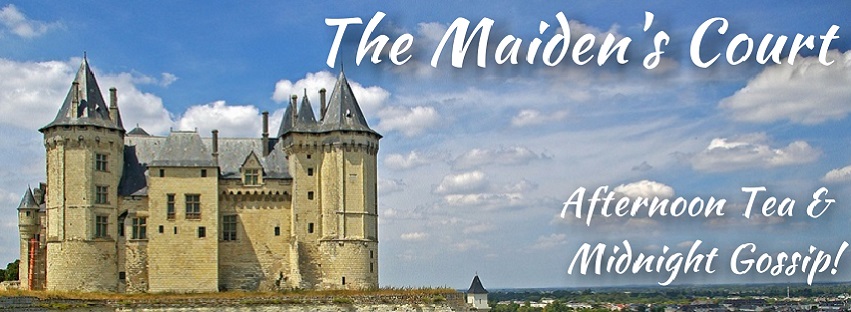
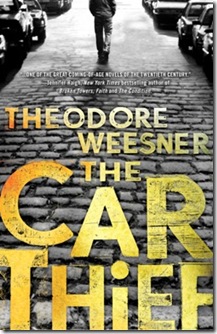





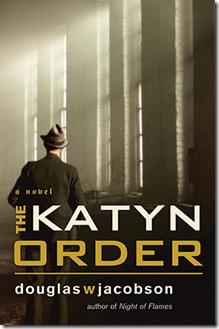


 The Katyn Order: A Novel (9781590136478): Douglas W. Jacobson: Books
The Katyn Order: A Novel (9781590136478): Douglas W. Jacobson: Books

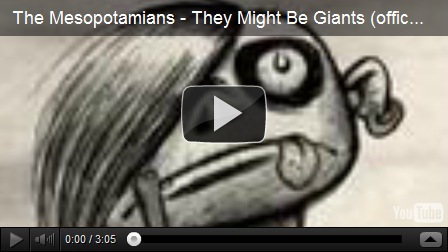
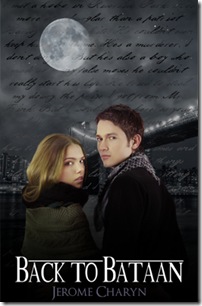


 Back to Bataan: Jerome Charyn: Kindle Store
Back to Bataan: Jerome Charyn: Kindle Store
